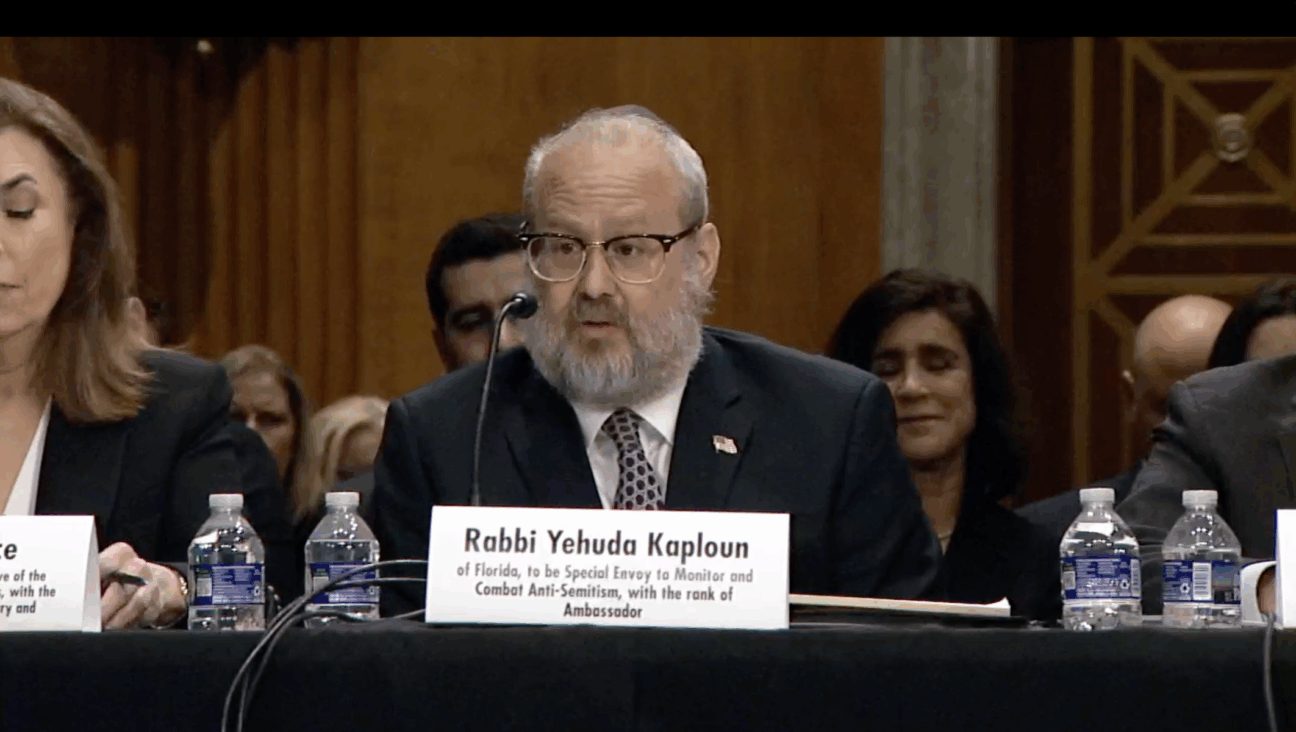The Madness of Cultural Historian Aby Warburg

Graphic by Angelie Zaslavsky
The creative legacy of the Hamburg-born Jewish cultural historian Aby Warburg, born Abraham Moritz Warburg to a family of German bankers, still thrives. When London’s Warburg Library was threatened last fall with dispersal, a general outcry was heard to preserve the documentation first gathered by Warburg, who died in 1929, and later augmented by his friends Fritz Saxl and Gertrud Bing, who heroically transferred the collection from Nazi Germany to England in 1933.
Warburg’s intellectual accomplishments, his renewal of classical themes in art, and his lifelong struggle against anti-Semitism have all been studied by recent scholars. Yet one of the most salient aspects of Warburg’s life, the devastating mental illness which he suffered after World War I, requiring hospitalization from 1921-1924, was little known.
Warburg’s disciple and biographer E. H. Gombrich delicately skirted over this painful time of his mentor’s life. Now Les éditions Rivages Poche has published “Untrammeled Healing,” assembling clinical documents about Warburg’s treatment by the Swiss neurologist Ludwig Binswanger, which shed a good deal of light on his experiences. Originally edited and annotated in 2007 by Davide Stimilli, a University of Colorado Germanist, as “Die unendliche Heilung. Aby Warburgs Krankengeschichte” from Diaphanes Verlag, this intriguing publication has also been translated into Italian and Spanish, but so far not yet into English.
It describes how Warburg was overcome by violent psychosis, including the paranoiac feeling that anti-Semites had murdered his family. In May, 1921 Warburg called Binswanger an “imposter who promotes the Jews’ liquidation.” In July of that year, Warburg claimed that Binswanger “transported by train a great number of crates and bins filled with human flesh.” Warburg believed that his doctors “sought his death, their minds agitated by anti-Semites”; that he “would die of hunger along with his family”; and that dry wood being burned for hospital heating “consisted of members of his family” being cremated. Warburg’s delusions proved to have some intuitive basis in fact, even at the time, as “Untrammeled Healing” notes. Warburg was terrified by the real-life 1922 murder of German Jewish statesman Walter Rathenau by nationalist anti-Semites, fearing that his brother, the banker Max M. Warburg, might be next. Indeed, there was a genuine 1922 murder plot by the same group, targeting Max Warburg, although Aby was spared knowledge of this plot by family and friends worried about his fragile mental balance. Fortunately, there was a happy ending to this harrowing episode; Warburg’s cure was successful, and he was able to resume work by 1924.

















